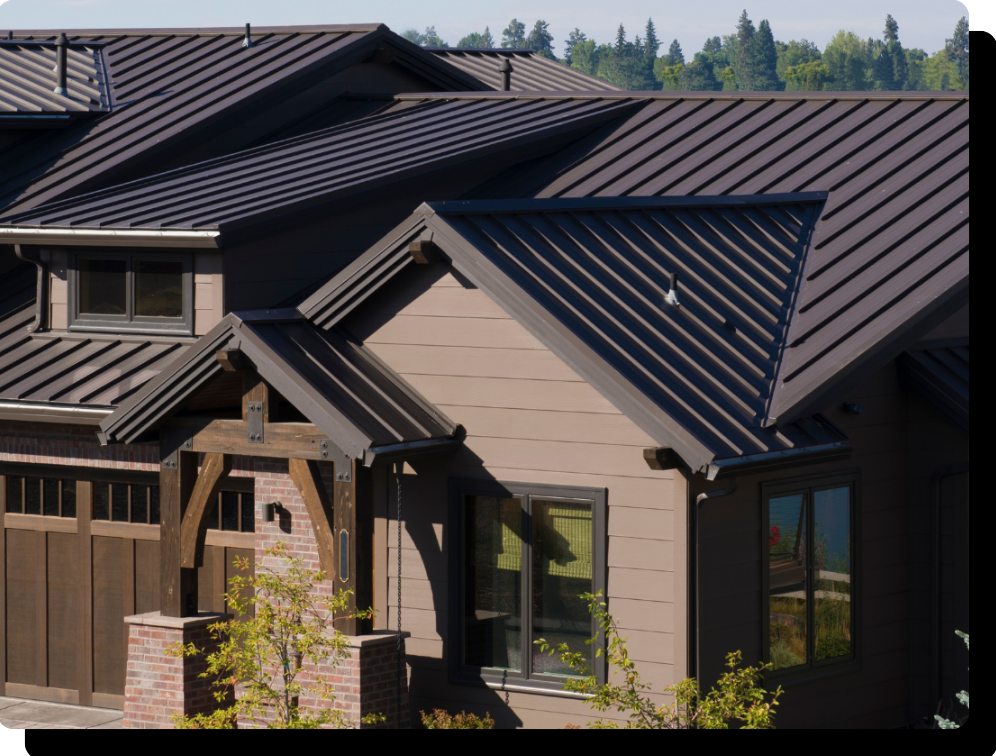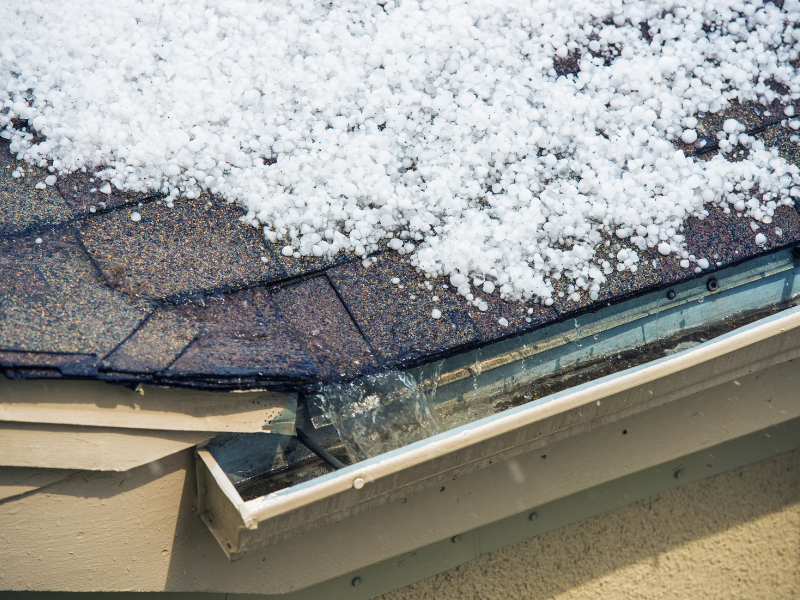Why Every Commercial TPO Roof Needs Annual Cleaning & Inspection
TPO (Thermoplastic Polyolefin) roofing systems are a go-to choice for commercial properties due to their cost-effectiveness, energy efficiency, and long-term performance. But despite their durability, TPO roofs are not “install-and-forget.” They require ongoing care to maintain their integrity, especially in high-traffic or equipment-heavy environments.
Annual cleaning and inspection aren’t just recommended—they’re critical to preserving your roof’s performance and lifespan.
The Unseen Threats to TPO Roofs
Even the most well-installed TPO system can be compromised over time by factors that are not always visible from the ground—or even from inside the building. These include:
- Mechanical Punctures
One of the most common and costly forms of damage. HVAC technicians, electricians, and other trades walking on the roof can unknowingly puncture the membrane with dropped tools, screws, or sharp objects. These punctures may be small, but are often deep enough to breach the waterproofing layer, allowing water to infiltrate the insulation below. Routine inspections are essential to identify them early.
- Wind-Blown Debris
High winds during Texas storms can carry branches, gravel, or loose rooftop equipment across the roof surface, creating tears, abrasions, or punctures. These impact points can compromise seams or flashing areas, accelerating membrane failure.
- Animal Activity
Birds nesting under rooftop units, rodents chewing through flashing, and raccoons trying to dig through insulation are all common. These intrusions are often undetected until water damage or bad odors appear inside. Annual inspections help identify and mitigate these entry points.
- UV and Heat Aging
Over time, even a white reflective TPO surface breaks down under daily UV bombardment. This leads to chalking, shrinkage, and embrittlement, particularly along seams, corners, and rooftop penetrations.
- Bullet Holes in the Membrane
Perhaps the most unexpected—yet increasingly common—form of roof damage in certain regions is small-caliber bullet impacts. Whether from celebratory gunfire during holidays, target practice from nearby properties, or negligent discharge, bullets can reach commercial rooftops and create clean, round perforations in the TPO membrane.
These holes are often difficult to detect with the naked eye and may not immediately leak. However, over time, exposure to wind-driven rain and freeze-thaw cycles will cause water to seep into the system. Once it does, the damage spreads invisibly through the insulation layer, degrading thermal performance and potentially introducing mold or rot. The only way to reliably detect these intrusions is through detailed surface inspections and moisture scanning.
Why Annual Cleaning & Inspection Matters
- Detect Punctures Before They Leak
- Ensure Membrane Integrity
- Prevent Voided Warranties
- Protect Reflectivity & Energy Savings
- Address Hidden Damage from Rooftop Equipment
What’s Included in a Hartland TPO Roof Inspection
- Full membrane survey to detect cuts, tears, or punctures
- Seam integrity check to ensure welds are watertight
- Inspection of all rooftop penetrations and flashing points
- Debris removal and drainage system check
- Moisture probing to detect water trapped beneath the membrane
- Comprehensive photo report with condition notes and action items
- Optional thermal imaging for in-depth moisture intrusion detection
TPO systems are excellent—but they’re not invincible. Without routine inspection and cleaning, minor issues can quickly become major liabilities. An annual maintenance routine is your best defense against premature failure, warranty headaches, and expensive repairs.
Your roof can’t talk—but we can listen for it.
Call Hartland Roofing & Construction to schedule your annual TPO inspection today.
Hartland Roofing & Construction
www.hartlandtx.com |
(936) 234-5824 |
sales@hartlandtx.com
Stay Safe & Stay Dry!




